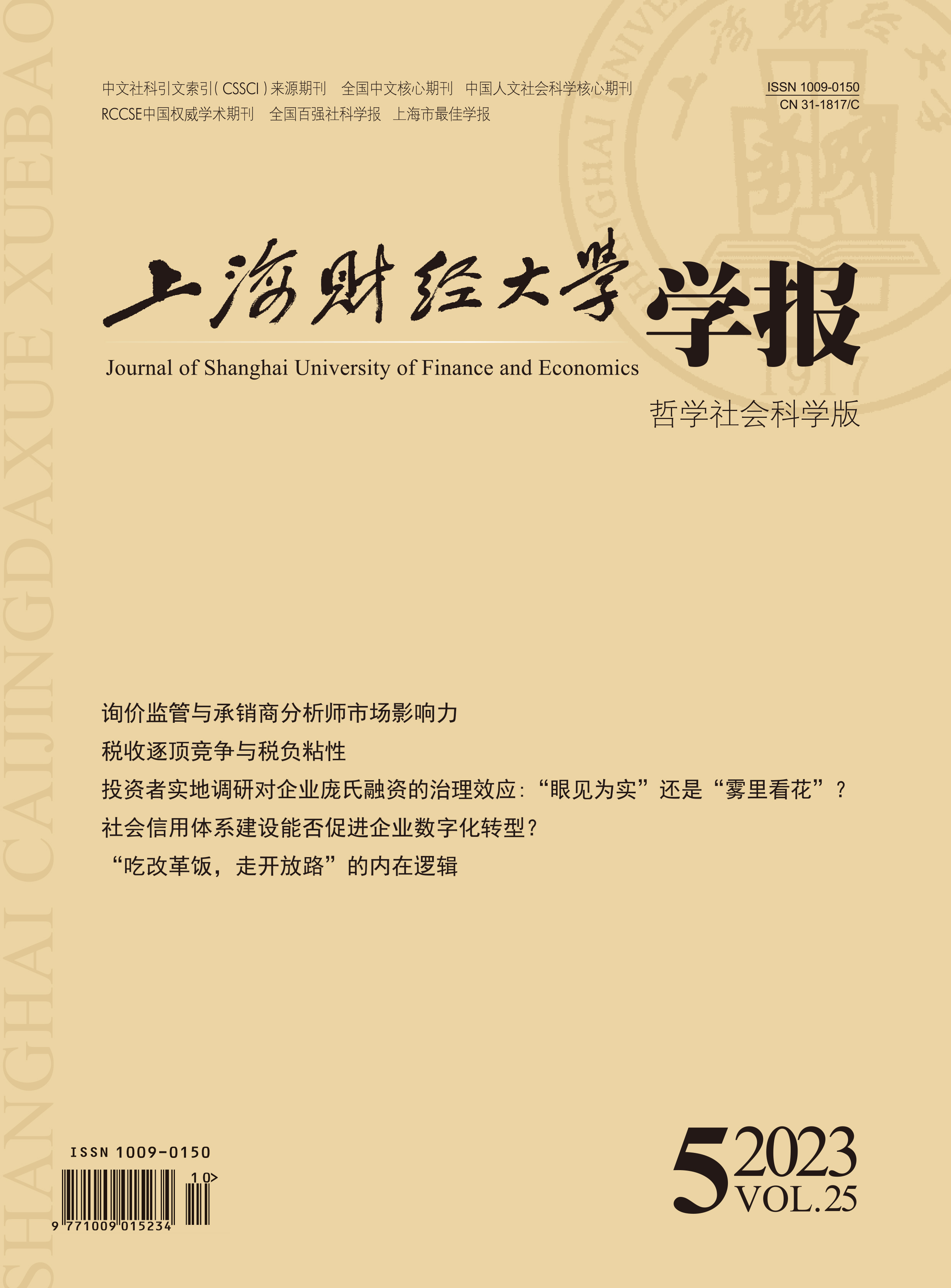In recent years, the financial market has witnessed frequent incidents of uncertainty and instability, with various risks overlapping and continuing to ferment. As the main financing body of the financial market, the collection of Ponzi financing by enterprises has aggravated the vulnerability of the financial market and posed a serious challenge to economic security. However, existing literature mostly focuses on the causes and consequences of Ponzi financing, while research on prevention and governance tools has not been sufficiently emphasized and explored. Using listed companies from 2010 to 2020 as the research sample, this paper analyzes the effective measures for governing corporate Ponzi financing from the perspective of direct stakeholders (i.e., investors), and empirically examines the impact and mechanism of investor site visit on corporate Ponzi financing.
The findings of this paper indicate that: Investor site visit can constrain corporate Ponzi financing behavior. In terms of the information effect, investor site visit suppresses Ponzi financing by improving the quality and efficiency of corporate information disclosure, while enhancing information transparency plays a positive moderating effect. In terms of the supervision effect, investor site visit curbs Ponzi financing by reducing corporate investment in financial assets, while media supervision has a negative moderating effect. Investor site visit has a more significant effect on smaller-sized and more growth-oriented companies, and those with a lower proportion of institutional investor ownership.
This paper quantifies Ponzi financing from a micro-level corporate perspective and extends the micro-level research on financial risks. It fully considers the agency of stakeholders (i.e., investors), providing concrete and feasible tools for governing corporate Ponzi financing, and analyzes the mechanism and applicable situations of investor site visit, offering insights for achieving a fine-grained governance effect. The study provides a concrete and feasible tool for regulators to prevent the risk of corporate Ponzi financing, thus maintaining a healthy order in the financial market, and helps to fully unleash the governance effect of investor site visit.





 5918
5918  5800
5800

